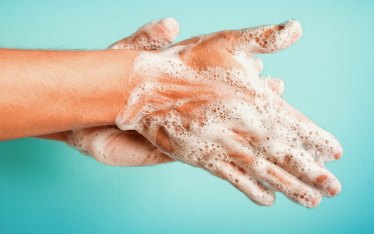Practice autogenic training to improve emotional management
Six basic exercises to regain balance, well-being and tranquility (video in italian only)

Autogenic training is mainly used to improve emotional management; in the clinical setting it is useful to relieve certain psychosomatic disorders induced by stress (whatever the cause) and, in the sports field, to improve the athlete’s approach to performance (especially in the race).
Have a look about the six basic exercises (video in italian only) to practice to learn the technique of lower autogenic training.
1 – Exercise of heaviness
The first exercise has the goal of stretching all the muscles. Voluntary muscle relaxation can be used to relieve muscle tensions that cause migraine, shoulder or neck pain. You must focus first on one limb, then on the other until you gradually extend the feeling of heaviness to the whole body.
2 – Exercise of heat
The second exercise aims to experience the feeling of warmth. The procedure is the same: imagine that one arm becomes very hot, then it passes to the other and to all areas of the body. Doing so produces peripheral vasodilation and a consequent increase in blood flow. The relaxation you get is greater than that achieved with the first exercise because you work on the dissolution of the deepest tensions. This exercise greatly improves peripheral circulation.
3 – Exercise of the heart
The goal is to regularize cardiac activity. The feeling of calm and warmth is also transmitted to the cardiovascular system. As with the previous exercises, you have to repeat a sentence several times: “my heart beats regularly”.
4 – Exercise of breathing
You must repeat that your breathing is regular and peaceful. Respiratory activity is the basis of some disabling psychological disorders such as anxiety, panic attacks, which lead to apnea or, on the contrary, hyperventilation. Having a conscious perception of one’s breath leads to the control of these phenomena.
5 – Exercise of the solar plexus
The fifth exercise aims to activate vasodilation in the abdominal area. You have to repeat the formula “my solar plexus is pleasantly warm”.
Try to visualize it and “feel” the area of the solar plexus, located under the diaphragm and connected to organs such as spleen, kidneys, liver, stomach, intestines and adrenal glands. Again, you get an increase in blood flow that has a calming and sedative power on specific areas of the body, improves sleep quality and helps to recover energy.
6 – Exercise of the fresh forehead and relaxed face
This exercise produces a slight vasoconstriction of the brain region by eliminating the headaches and relaxing the muscles of the face (relaxation of the eyes and head). In addition, vasoconstriction can work on allergic rhinitis and colds, allergic conjunctivitis, glaucoma and improve concentration, attention, memory and the ability not to be obsessed with daily problems.
Tutti gli articoli per impiegare al meglio il tempo ritrovato









